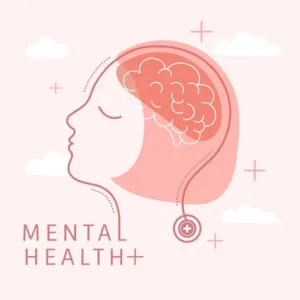Body positivity is not a mere trend, but true revolutionist invite demanding the typical standards of beauty. It helps people to understand and value their bodies, regardless of size, shape or looks. This shift in viewpoint realizes that everyone is different, and there are no universal standards of beauty.
Whitney Thore is an actress and activist who founded the “No Body Shame” movement. Thore, a reality show participant of “My Big Fat Fabulous Life,” breaks stereotypes on body size while promoting self-love. Her movement is about celebrating one’s body for what it can do rather than reprimanding it for how you look.
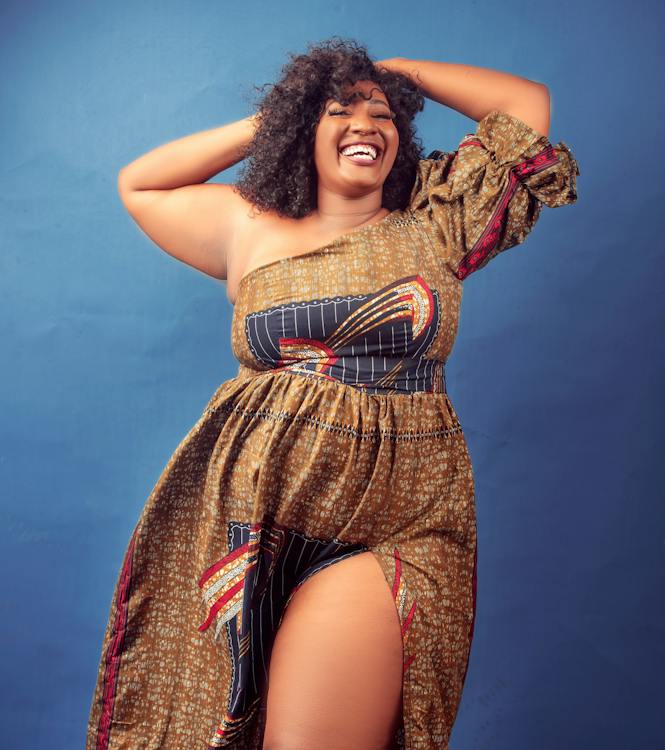
Let us navigate the rich world of body positivity, learn about its origins, main ideas and discover how it changes people.
In order to understand the importance of body positivity, we can take a look at Instagram influencers who are utilizing their social media accounts in an attempt to reinvent beauty ideals.
With social media driven images and societal notions about beauty skewed so enormously in favor of one kind, the quest for positivity related to body image has become a signature battle cry by those who are keen on redefining what it takes to be beautiful as per themselves.
The idea goes beyond physical appearance and encourages everyone to accept their bodies, features, peculiarities, and flaws.
“To love yourself right now, just as you are, is to give yourself heaven. Don’t wait until you die. If you wait, you die now. If you love, you live now.” — Alan Cohen
Influencers such as Jameela Jamil and Ashley Graham have been body positivity activists, posting unaltered pictures and personal experiences that reveal the truth behind supposedly perfect photos.
So by doing so they encourage their followers to accept their bodies and resist societal pressures.
Key Principles of Body Positivity
1
Beyond the Surface
Fundamentally, body positivity goes beyond just physical appearance. It is about creating a healthy relationship with one’s body and mind. The most important principle is to say no to body shaming and comprehend that everyone has the right for respect regardless of being fat or fit.
2
Inclusiveness
The movement says that beauty varies in all kinds of sizes, shapes colors and abilities.
The fashion industry is finally starting to realize it as well, with brands such as Aerie and Fenty Beauty promoting diverse models in their advertisements. This inclusiveness gives a strong lesson that beauty has no limitations
Impact of Transformation on Mental Health
Societal pressures to meet certain beauty standards can be detrimental to mental health especially among teenagers who are on a difficult path of self-discovery. Body positivity is their shield from the bad effects of negative body image.
Imagine a 15 years old girl suffering from body dysmorphia. Through interaction with body positivity content on social media, she finds a group of people who celebrate different types of bodies. This realization serves as the catalyst for her road to self acceptance leading to positive mental wellness and good self image.
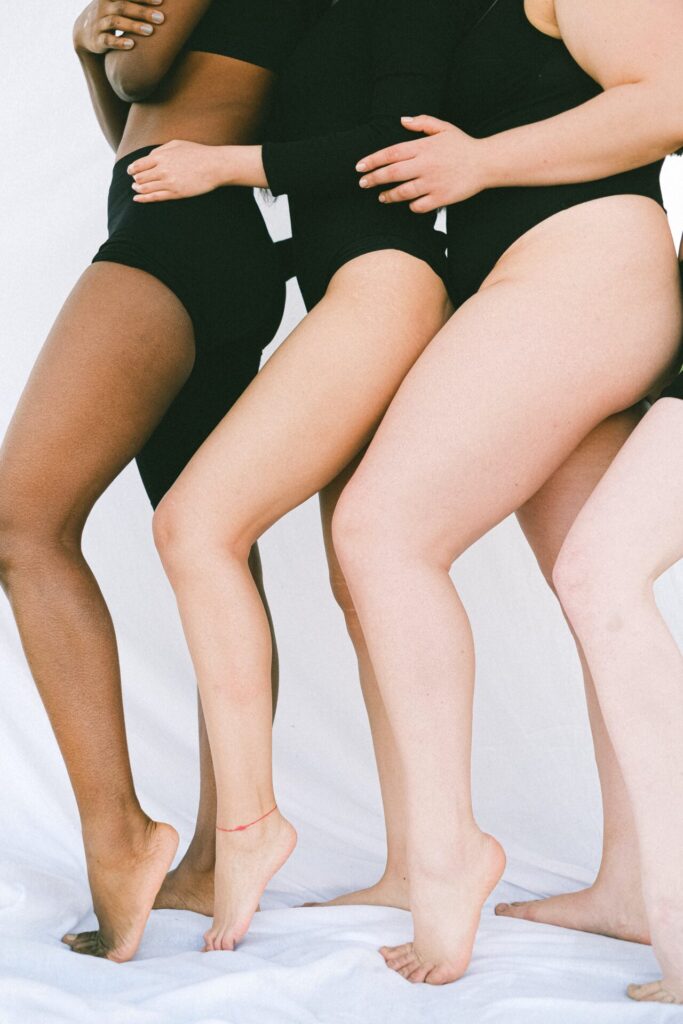
Research has consistently demonstrated the link between body positivity and mental health.
30 minutes of social media per day significantly cured depression and loneliness symptoms, according to a research published in “Journal of Social and Clinical Psychology.”
So, teens who select their online experiences to encompass body-positive content could improve their mental health.
Navigating Challenges: Addressing Criticisms of Body Positivity
Although body positivity has achieved considerable success, it has not been without reproach. Some criticize it for encouraging unhealthy lifestyles, others accuse it of ignoring the need to have a healthy body. However, it is important to recognize that body positivity does not promote unhealthy habits but rather holds the view that health and beauty are relative terms and may differ from one person to another
Many body-positive activists talk about the need for self-care such as exercising and eating right without obsessing over weight loss. It also includes people like Lizzo, a Grammy award winner musician who uses her platform to demonstrate commitment to healthy living despite what society dictates on body size.
“To be beautiful means to be yourself. You don’t need to be accepted by others. You need to accept yourself.”
In addition to handling these criticisms, one must also recognize the intersectionality of body positivity. It is critical to understand that the movement must be inclusive of all body types, abilities, genders and ethnicities.
When critics state that body positivity is disregarding some groups of people, they point out the lack of a more encompassing and intersectional perspective to the movement.
A New Era of Empowerment
In societies which have been restrictive when defining what is beautiful for a very long time, body positivity and self-acceptance strike as a new way of thinking. The movement has grown into a symbol of empowerment for people especially teenagers who are dealing with the trials and tribulations of self-discovery and societal norms.
In celebrating what has been achieved on the path to body positivity, we must not forget that this is still a journey and one that we must continue. Accepting each and every curve, mark, and flaw is not an individual triumph; it’s a societal victory that transforms how the world perceives beauty on a massive scale, creating an environment of inclusiveness and acceptance.
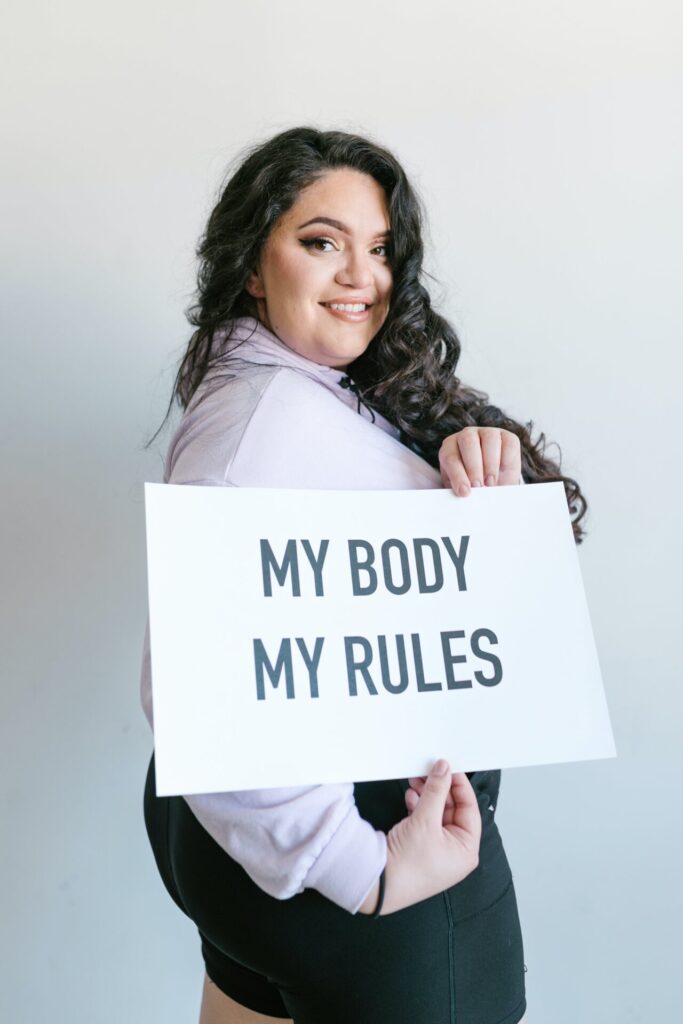
“You have been criticizing yourself for years and it hasn’t worked. Try approving of yourself and see what happens.” — Louise Hay
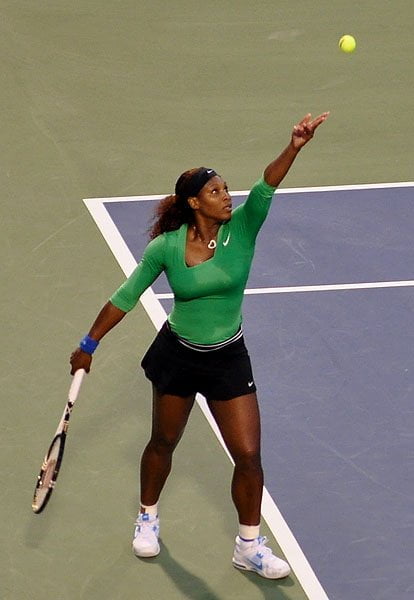
“Since I don’t look like every other girl, it takes a while to be okay with that. To be different. But different is good.”
— Serena Williams
10 Simple Steps to Loving Your Individuality-The Journey Towards Acceptance
It is indeed very powerful to embark on the journey of self-acceptance in order to truly accept your uniqueness and promote a positive relationship with your body and mind. In a society where often unrealistic standards of beauty are imposed on people, this 10-step guide strives at offering useful ideas and applicable solutions in building self-acceptance.
1. Challenge Societal Norms:
Start by challenging societal norms and beauty standards. Realize that these ideals are often unrealistic and cannot capture the full spectrum of human beauty. Support the notion that beauty is relative, personal and individual.
2. Curate Your Social Media Feed:
Customize your social media feed to isolate body-positive posts. Follow influencers and accounts that glorify different types of bodies and promote self-love. Unfollow accounts that promote harmful beauty standards.
3. Practice Self-Compassion:
Treat yourself kindly and understandingly in order to make self-compassion a habit. Understand that everybody has faults and imperfections, yet these do not determine your value. Treat yourself as you would treat your friend during difficult times.
4. Celebrate Your Achievements:
Focus on and build your competencies, achievements, instead of focusing on your perceived shortcomings. Celebrate both big and small accomplishments in life or activities that you love.
5. Embrace Positive Affirmations:
Develop positive affirmations in the course of your daily routine. Make a list of affirmations that will strengthen self-love and acceptance. Practice these affirmations frequently to reorient your mind-set and strengthen positive perceptions of yourself.
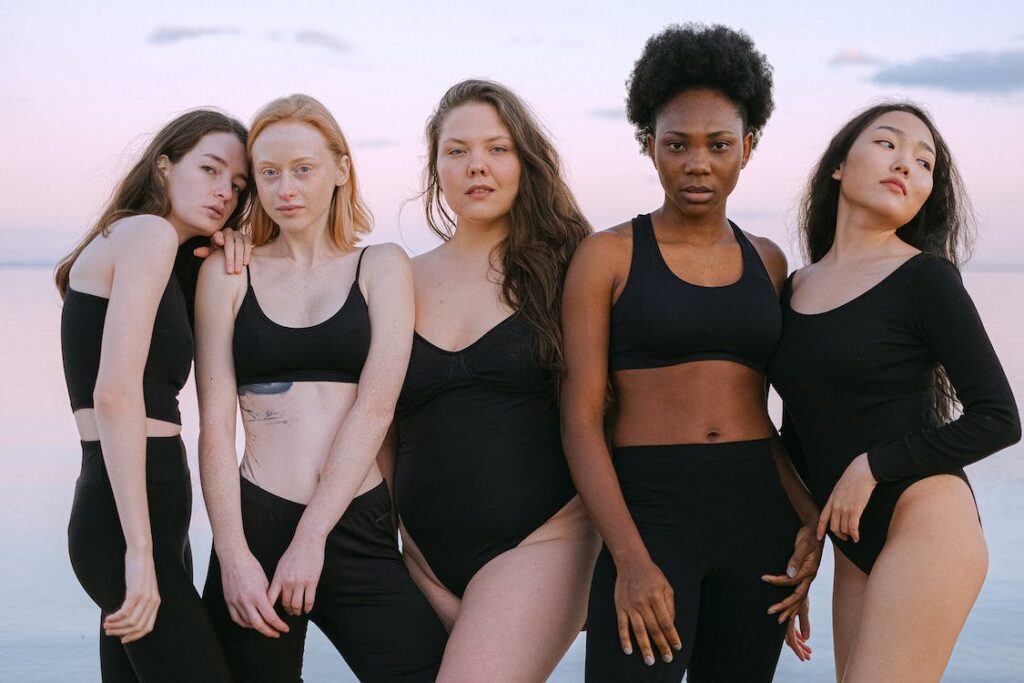
6. Practice Mindfulness and Gratitude:
Participate in mindfulness activities to keep real and enjoy the beauty of a moment. Also, practice gratitude by recognizing and acknowledging the things about your body and life that you are thankful for.
7. Surround Yourself with Supportive People:
Develop a circle of friends and family who will inspire and encourage you. This means surrounding yourself with positive influences can have a tremendous effect on your self-perception. Tell someone that you trust about your journey to self acceptance.
8. Set Realistic Goals:
First, you need to establish feasible and achievable goals that concentrate on personal development rather than following other people’s expectations. No matter if goals are academic, career or personal set them forward of progress not perfection.
9. Engage in Self-Care:
Make self-care a priority in your routine. This includes physical activities that feed both your body and mind – exercise, a well-balanced diet, efforts to be happy with something.
10. Seek Professional Support:
If self-acceptance journey is difficult for you, please refer to mental health practitioners. Therapists and counselors may help you deal with complicated feelings and give you the right tools to increase your self-esteem.
Keep in mind, self-acceptance is an ever-evolving journey and it’s perfectly normal to stumble along the way. Endeavor with patience and persistence, celebrating each step as victory in itself. Through self-acceptance, you unlock your power to live authentically and embrace the beauty of your innate and unique self.

